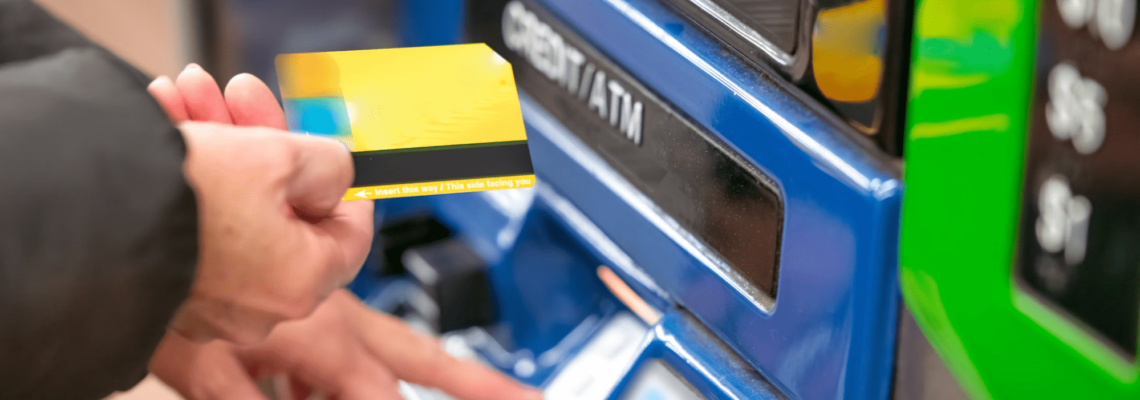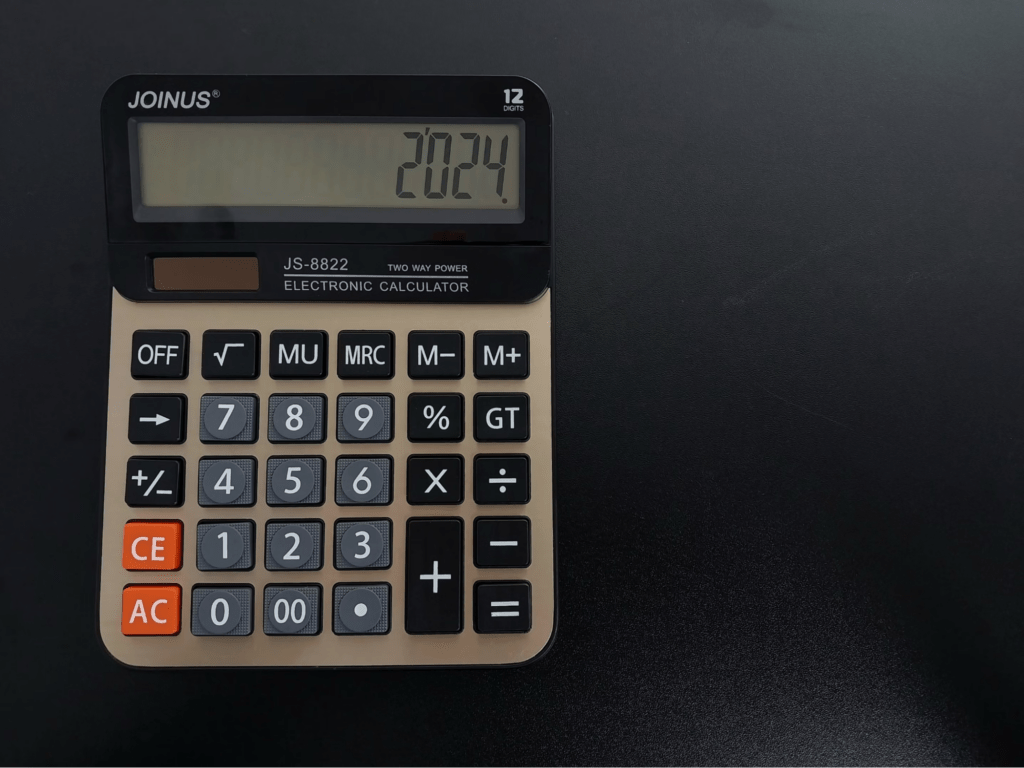
NordVPN researchers examined six million credit cards from eight major dark web marketplaces and discovered that 58.1% were issued in the United States. Victims of credit card theft may face unauthorized charges leading to hefty bills. A sudden increase in your credit utilization may also harm your credit score if you fail to recognize and report the theft promptly.
Fortunately, there are steps you can take to minimize loss due to a stolen credit card. In this article, we will discuss these steps, as well as strategies to prevent credit card theft in the first place. Additionally, we will explore an anti-fraud savings method that can safeguard your funds even if your personal details are compromised.
What Should You Do if Your Credit Card Is Lost or Stolen?
If your credit card is lost or stolen, you need to react immediately to prevent financial loss. As soon as you realize the card is missing, take the following steps:
- Lock your card
- Notify your credit card provider
- File a police report
- Review your credit card transactions
- Request a replacement card
Lock Your Card
When you realize your credit card has been stolen, your first priority should be to lock it to prevent unauthorized use. Here are the steps to do that:
- Use your mobile device to log into your credit card issuer’s app
- Go to the section that manages your card settings
- Look for an option that says “Lock Card,” “Temporarily Lock,” or “Freeze Card”
- Click on the locking option, and follow any prompts provided by the app. You will need to confirm your decision to lock the card. It should take a few clicks to complete the process
Notify Your Credit Card Provider
Report the theft to your bank or credit union immediately via phone or mobile app. Federal law protects you from charges incurred after you report the loss—waiting until unauthorized use occurs may leave you liable for charges.
Follow up the report with a written letter to your card issuer. Include your account number, the date and time you noticed your card was missing, and the date and time you first reported the loss. Keep a copy of the letter and any notes of your calls with the card provider.
File a Police Report
Report the stolen credit card at your nearest police station. A police report is an official document that acts as evidence and limits your liability in case of unauthorized use of your card.
This step becomes even more important if your driver’s license or identity card is also stolen. Losing these documents significantly increases your risk of becoming a victim of identity theft.
Filing a police report also facilitates the card replacement process by serving as formal evidence of theft.
Review Your Credit Card Transactions
Carefully review your credit card statement for any unauthorized charges. You can also obtain free credit reports from all three major credit bureaus through AnnualCreditReport. Review your credit reports for any unfamiliar transactions and unauthorized hard pulls.
Request a Replacement Card
If your lost or stolen credit card is not recoverable, you’ll need a replacement card with a new number.
Reach out to your credit card issuer to request a replacement card. If you’ve already called to cancel your original card, you will automatically be provided with a replacement card.
Common Methods Criminals Use To Steal Credit Cards
Physical card theft remains the main strategy for many criminals. However, several other methods can be used to steal and misuse your card information even when it is in your possession. Here are some of them:
- Pickpocketing in crowded places
- Dumpster diving, where criminals search through trash for discarded bank statements or receipts containing critical information
- Watching over your shoulder as you enter your card PIN at ATMs or point-of-sale (POS) machines to capture sensitive details
- Stealing credit cards or bank statements from unsecured mailboxes
- Discreetly copying your card details or stealing your card during legitimate transactions, like at restaurants or gas stations
What Can Someone Do With a Stolen Credit Card?
Once a thief has your card or its information, they can use it for multiple purposes that hurt your financial standing, such as:
- Depleting your available credit through unauthorized online or in-store purchases made with your stolen credit card
- Withdrawing cash from an ATM or using your card or cash advances via certain merchants and financial institutions
- Using your personal information tied to the card for further identity theft
- Buying gift cards from online retailers and quickly reselling them on platforms like eBay. This crime is known as a secondary-market scam
- Selling card numbers on the dark web through carding sites
How Much Are You Liable for a Stolen Credit Card?

Many credit card issuers offer zero-liability fraud protection, meaning you won’t owe anything if you report the fraudulent charges within a specified time frame.
Even if your card provider does not offer a zero-liability policy, the Fair Credit Billing Act protects consumers and limits liability in cases of credit card fraud to $50.
For instance, if the thief racks up $10,000 in charges over several months, you would still be responsible for only $50 (as long as you report the theft in time).
Under the Fair Credit Billing Act, the rules governing your liability for fraudulent transactions are as follows:
| Situation | Your Liability |
| You report the loss before any charges are made | You are not responsible for any charges made on your card |
| You report the loss after unauthorized charges have been made | Your maximum liability is $50, provided you report the fraud within 60 days of receiving your credit card statementIf your credit card issuer has a zero-liability policy, you won’t owe anything as long as you report the fraudulent charges within 60 days |
If your debit card was also stolen along with your credit card, a different set of liability rules will apply to it. Before any transactions occur, you are not responsible for any charges made on your debit card. However, if you don’t report the stolen debit card within 60 calendar days of receiving your bank statement, you’ll be liable for all funds lost.
Tips To Protect Yourself From Credit Card Theft
While credit card companies limit liability in case of theft, the process of reporting stolen credit cards can be cumbersome, and the risk of having sensitive information exposed is significant. This is why it’s wiser to take proactive steps to safeguard your credit card and its information. Here are six tips to help you avoid credit card theft:
- Never leave your credit card unattended in public places, and avoid placing it in easily accessible pockets or bags
- When dining out, keep your credit card in sight, and don’t let servers take it away for payment processing
- When you pay using your card, cover the card number with your hand to prevent others from seeing your details. Be discreet while entering your PIN at ATMs or POS terminals
- If you are in a crowded place, use a crossbody bag to keep your belongings close and prevent thieves from grabbing your wallet before you know it
- Ensure that your home is secure. Use a locked drawer or safe for keeping important documents and cards when not in use
- Reduce the risk of significant financial loss from credit card theft. Thieves can also access your personal information, which they can use to drain your life savings in addition to stealing from your credit card account. To avoid this, move most of your funds to a high-security online savings account like FortKnox by Austin Capital Bank. FortKnox has a single focus—fraud protection




